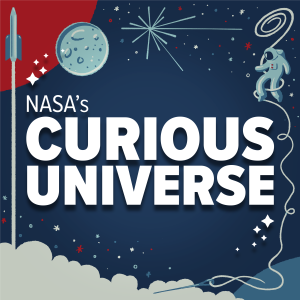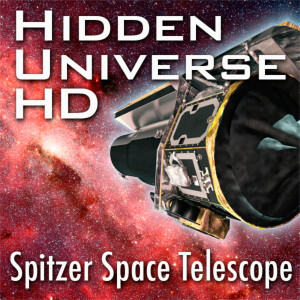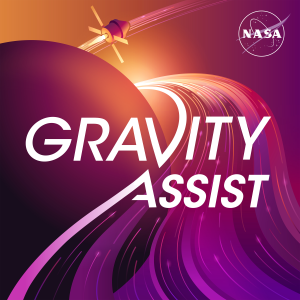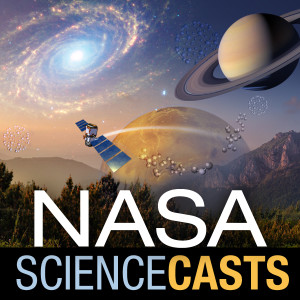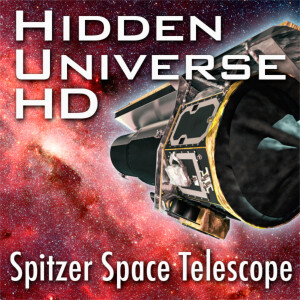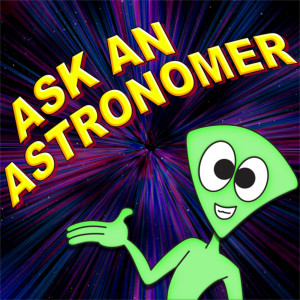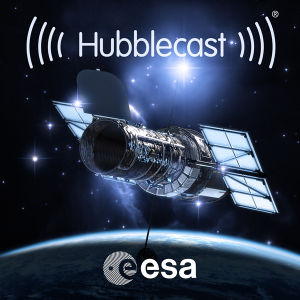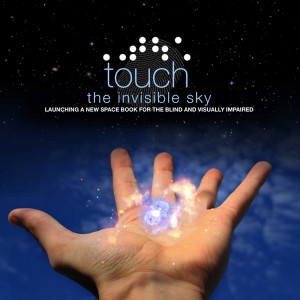

NASA's Touch the Invisible Sky Audio Podcasts
http://chandra.harvard.edu/resources/podcasts/braille/podcasts.xmlEpisode List

Chapter 8: The Antennae Galaxies
The galaxy pair NGC 4038 and NGC 4039 is commonly referred to as the Antennae Galaxies because their distorted streamer-like spiral arms look like insect antennae. Initially two separate spiral galaxies, gravity drew NGC 4038 and 4039 together in a titanic collision.

Chapter 9: Final Thoughts
Imagine that you could only hear sound from the middle three keys on a piano and were asked to name a song, or were only allowed to touch one petal of a plant, and were asked to name the flower. The universe revealed to us by optical telescopes is immense and breathtaking, but it is not even half the story.

Chapter 6: Kepler's Supernova Remnant
Four hundred years ago, the famous astronomer Johannes Kepler (best known as the discoverer of the laws of planetary motion), was startled by the sudden appearance of a "nova" of "new star" in the western sky, rivaling the brilliance of the nearby planets. Although the nova was new to the night sky, the event was actually the death of an old star, now called a supernova.

Chapter 7: Whirlpool Galaxy (M51)
Galaxies are collections of millions to billions of stars gravitationally bound together. Galaxies come in different shapes and sizes, and fall into three broad categories: spiral (shaped like a pinwheel), elliptical (like a ball, sometimes round and sometimes squashed) and irregular, with no obvious shape or structure. Our own Milky Way galaxy is a spiral.

Chapter 4: Eta Carinae
Of the estimated three hundred billion stars in our galaxy, Eta Carinae may well be the biggest and brightest of them all. Weighing in at 150 times the mass of our Sun, it is five million times as luminous!
Create Your Podcast In Minutes
- Full-featured podcast site
- Unlimited storage and bandwidth
- Comprehensive podcast stats
- Distribute to Apple Podcasts, Spotify, and more
- Make money with your podcast

